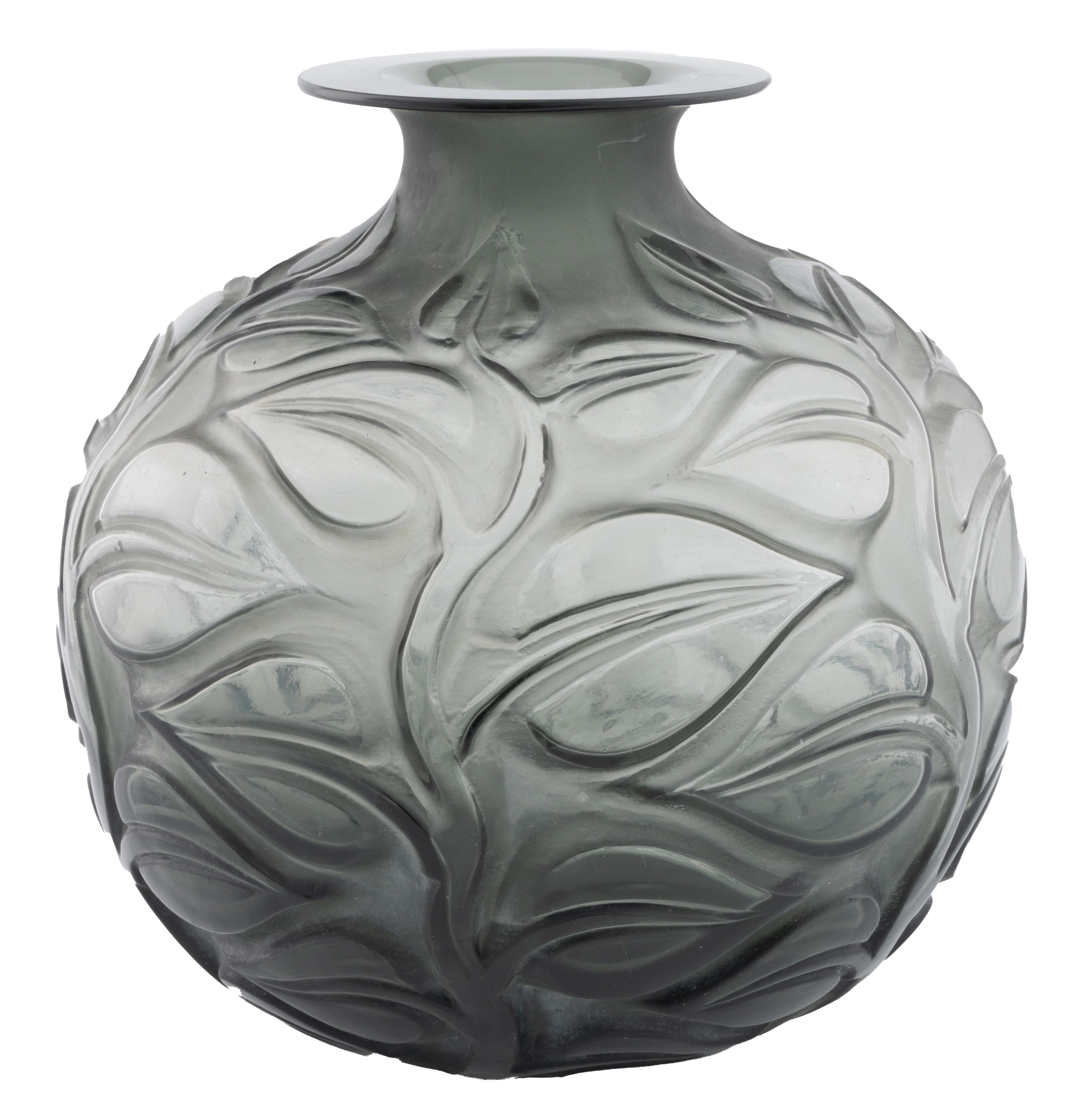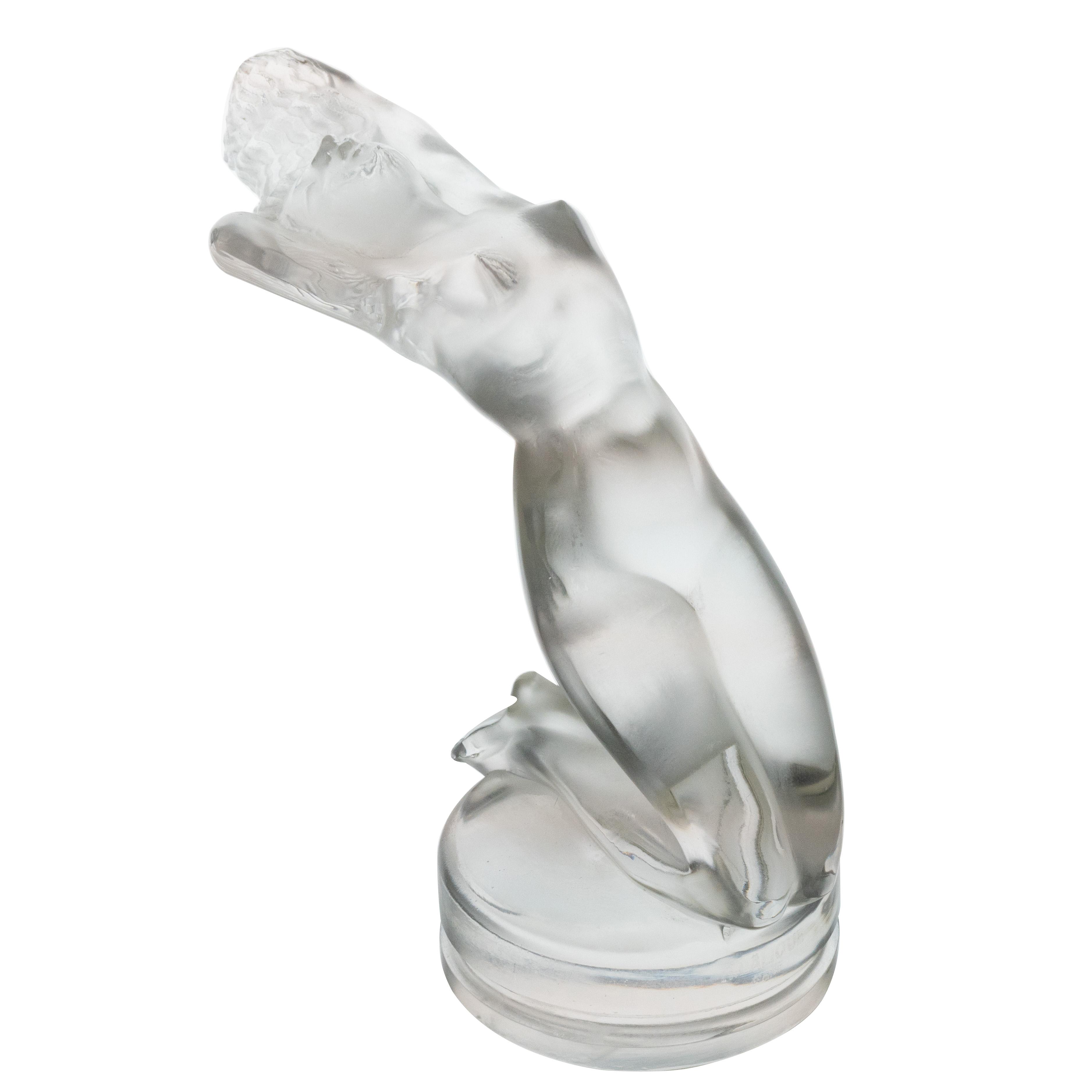
So who was René Lalique? Born in France in 1860, he grew up amidst the French countryside that was inspire him throughout his career. A talented artist from an early age, he began his career in 1876 aged 16 as an apprentice to the goldsmith Louis Aucoc, whilst also studying at the École des Arts Decoratifs in Paris. By his early 20s, he was designing jewellery for the likes of Cartier and Boucheron, and he opened his own jewellery business in Paris in 1885. It was in jewellery that he began experimenting with glass - the material that would soon bring him global renown.
In 1907, he forged a partnership with the perfumer Francois Coty to produce highly decorative perfume bottles for their famous range of perfumes. His journey in glass had begun in earnest. As he quickly became better known for glass than for jewellery, he took the decision to open a new glass factory at Wingen-Sur-Moder in Alsace in1922.

Ever the style maven, Lalique switched from the previously dominant Art Nouveau style to the increasingly popular Art Deco style during the 1920s – but nature was still his core inspiration. His increasingly numerous designs mushroomed and bloomed, and were included in the famous Paris exhibition in 1925 that propelled the ‘Art Deco’ name and movement across the globe. He also designed glass for top projects of the day, including for the first class dining room of the luxurious Normandie cruise liner, and the Pullman Express trains. Lalique’s glass has always been the epitome of high style, and sold to those with a truly discerning eye.
What marked Lalique’s elegant designs out from his competitors was not only the quality and strength of his designs, but the quality of the glass itself. He really understood how to make the medium work, and quality control was extremely high. He’s best known for his glowing pearlescent glass that not only matched, but also defined, the style of the Art Deco movement, but he also used vibrant colours, like rich reds and deep blues, that one would expect from the ‘Jazz Age’.
Most designs included heavy stylisation – a stunningly modern simplification of natural forms such as leaves and flowers, but also animals and people. Carefully applied stains defined the detail. Designs that are as popular today as they were nearly a hundred years ago include Tourbillons, Pierrefonds, Ceylon, Bacchantes, and Sophora (shown here). Lalique was also inspired by Japanese art and decorative arts, which give his designs rich visual interest in three dimensions, all around the body of the piece. They are also as eminently beautiful and decorative as they are functional.

By the time he died in 1945, he had produced many hundreds of designs and his name was known internationally.The business and brand he founded still command reverence today. As a mark of respect to the great man, after his death, the ‘R’ initial of his first name was dropped from the company’s mark, leaving just his all-important surname.
Here at The Pantiles Arcade, we offer a wide selection of pieces, from vases to dishes to his famous car mascots. Also, next time you’re in the loft and come across a glass vase, look on the base for his name as you could be sitting on a treasure that Mark Hill Auctions can help you sell!
One thing is for sure, you could be in for a surprise – Lalique’s style doesn’t just endure, it is eternal.
Pictured above
A 1930s Lalique ‘Sophora’ vase, designed in 1926.
A 1930s Lalique ‘Tulipes’ blue stained vase, designed in 1927.
A 1930s Lalique ‘Chrysis’ glass car mascot, designed in 1931.
This article first appeared in Tunbridge Wells Business Magazine in June 2024.



